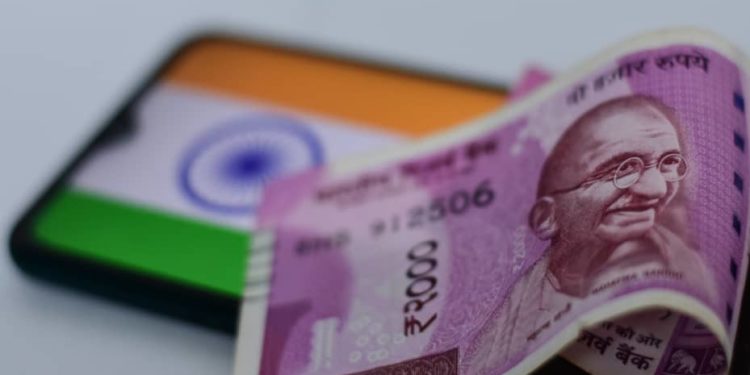India’s finance minister on Tuesday said the central bank will introduce a digital currency in the next financial year using blockchain and other supporting technology.
The Reserve Bank of India will introduce the digital rupee in the 2022-2023 financial year which begins on April. 1.
“Introduction of a central bank digital currency will give a big boost to digital economy. Digital currency will also lead to a more efficient and cheaper currency management system,” Nirmala Sitharaman said on Tuesday while presenting the federal budget.
India’s central bank has voiced “serious concerns” around private cryptocurrencies on the grounds that these may cause financial instability.
The Indian government has also decided to levy 30% tax, the highest tax band in the country, on income arising out of digital assets, Sitharaman said. However, losses from sale of digital assets cannot be offset against other income, she added.
Industry estimates suggest there are 15 million to 20 million crypto investors in India, with total crypto holdings of around 400 billion rupees ($5.37 billion). No official data is available on the size of the Indian crypto market.
China has been working on a digital version of its yuan since 2014 and is furthest ahead when it comes to launching CBDCs globally. Over the past two years, the People’s Bank of China has been carrying out trials in the form of lotteries, where digital yuan is handed out to citizens in certain cities for them to spend. More recently, the central bank has looked to expand the use of the digital yuan.However, China has not launched its digital currency nationwide yet and has no timeline to do so.
Elsewhere, Japan is looking into its own CBDC, and the U.S. Federal Reserve last month released a study into a digital dollar, but did not take a firm position on whether it would issue one.




